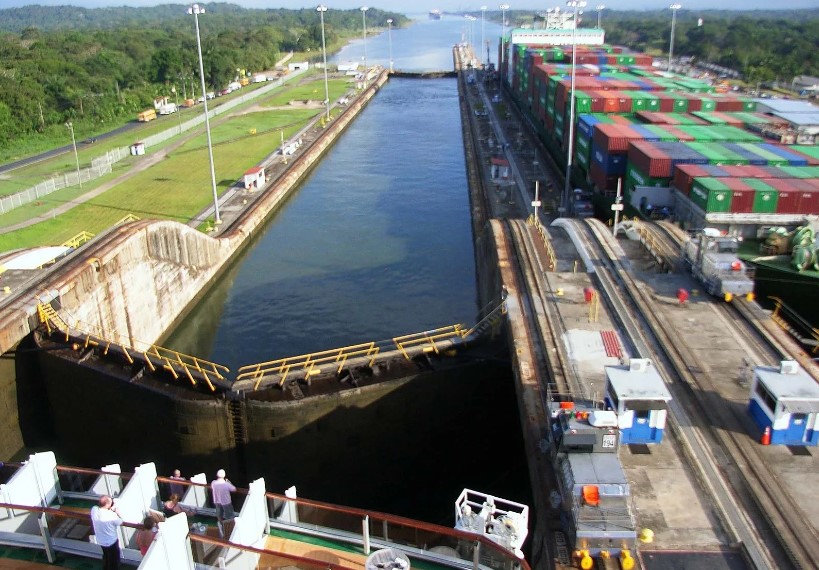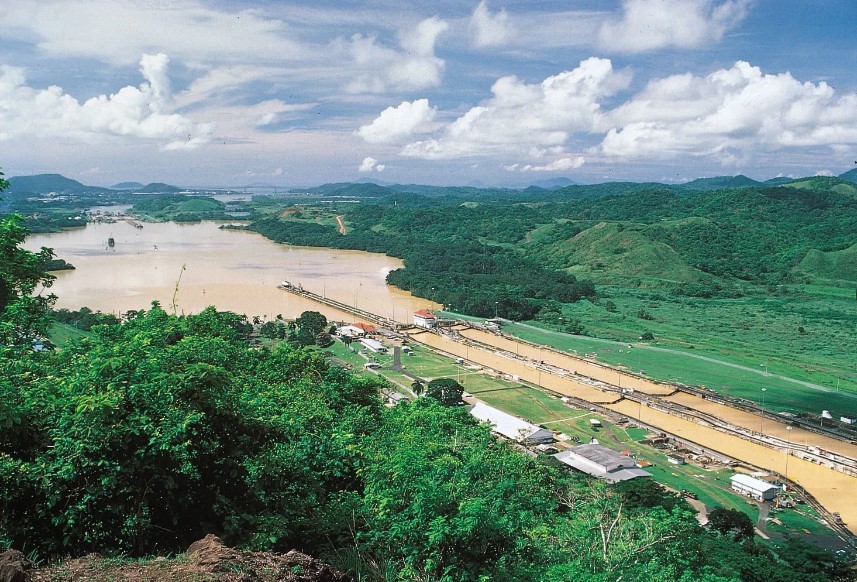Starting Friday, the Panama Canal Authority is further reducing vessel transits to conserve water amidst a severe El Nino-induced drought impacting water levels in the canal’s locks.
The number of daily transits will drop from 29 to 25 ships, and in the coming weeks, this will be further reduced to 18 ships per day by February, representing 40%-50% of the canal’s full capacity.
According to CNBC Supply Chain data, normally, 34-36 vessels traverse the canal daily, but the drought and subsequent reductions are significantly disrupting global trade flow,
Project44 reports that shipping containers through the Panama Canal to the U.S. East Coast are facing delays, with the Port of Charleston experiencing the longest. The Panama Canal is a preferred route for East Coast trade, reducing shipping time from Shenzhen, China, to Miami, Florida, from 41 days via the Suez Canal to 35 days.

Captain Adil Ashiq of MarineTraffic notes the reduced transit schedule is causing increased cargo idle times, with wait times on the Atlantic side rising by 30% and on the Pacific side by 2.2 days. Shippers are considering alternatives, such as the Suez Canal, despite longer transit times, to ensure timely deliveries, according to Alan Baer, CEO of OL USA.
Jon Davis of Everstream Analytics highlights that the canal’s disruptions impact a broad range of sectors, including coal, LNG, and agricultural products. Containerships are prioritized due to contracts, leaving wet and dry bulk vessels most affected. Paul Brashier of ITS Logistics predicts a shift in bookings to the Suez Canal, despite its geopolitical risks.
The Panama Canal issues coincide with a tough market for shippers, marked by a “massive freight recession” and significant layoffs at Maersk. Panama Canal Authority Administrator Ricaurte Vásquez Morales warns this El Nino could be the worst recorded, emphasizing ongoing efforts to conserve water to maintain current vessel weight limits.
The Panamax locks lack the water recovery system of the Neo-Panamax locks, making water conservation critical. The Panama Canal annually handles 40% of U.S. container traffic, amounting to $270 billion in cargo.

